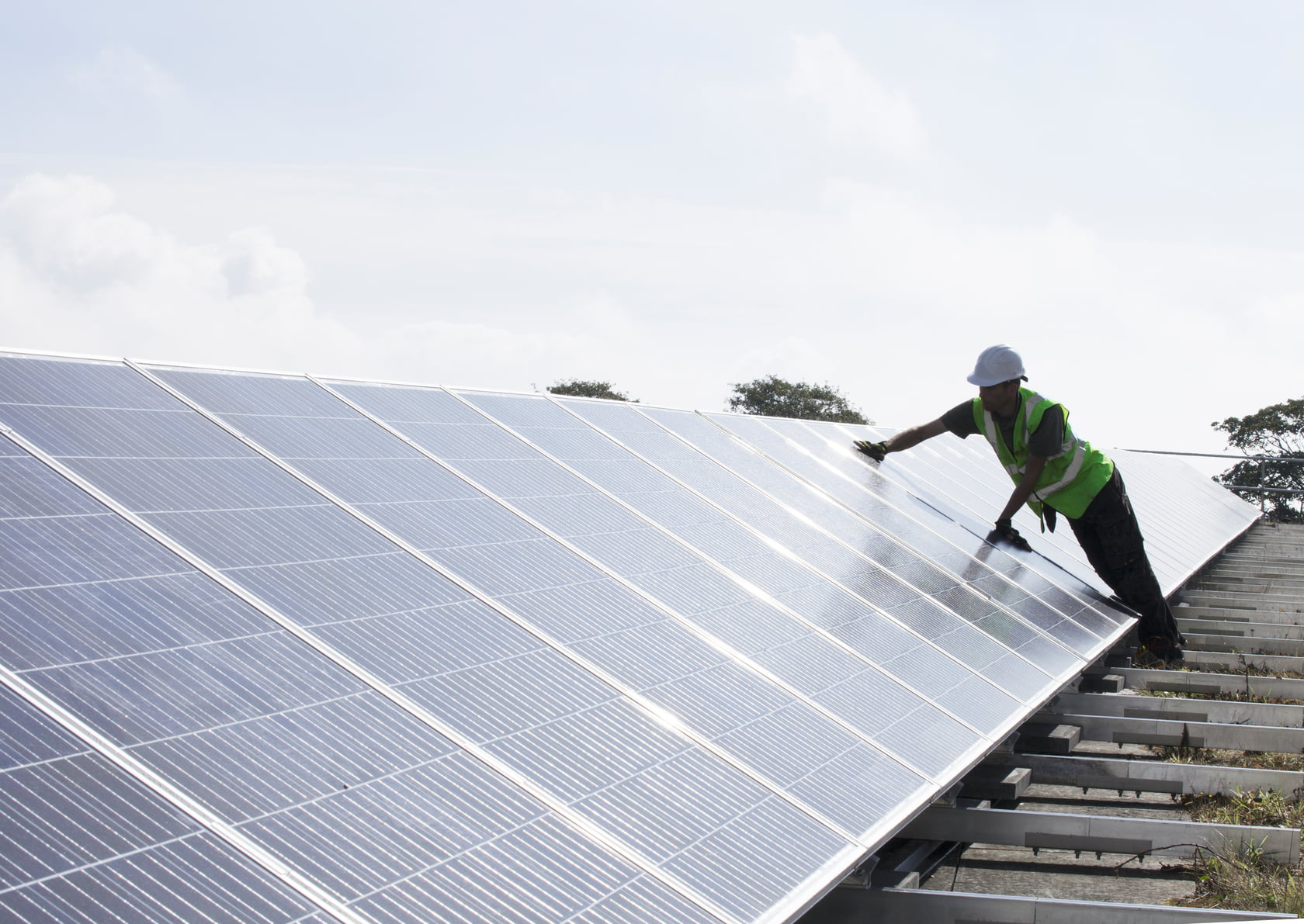Saving energy has become a major driving force in job growth worldwide. A recent report from the US Department of Energy (DOE) called the 2017 Energy and Jobs Report shows that employment numbers are five times higher in the energy efficiency, solar, and wind industries than it is in coal, gas, and petroleum. Because the amount of electricity coming from renewables has been growing far faster than that coming from older, fossil-fuel plants, it stands to reason that employment in these declining sectors would be weaker than in the more robust emerging sectors. Growth industries create more jobs, and these are good-paying, family-wage jobs. According to the U.S. Bureau of Labor Statistics solar installers average just under $20/hour, while wind technicians earn about $24/hour, while similar jobs in the petroleum field make around the same.
The Efficiency Sector
Clean energy jobs fall into several categories including renewable energy generation, clean fuels, advanced vehicles, electric grid improvements, and energy efficiency. By one count, the total employment count in these four areas is 2.5 million jobs. The biggest category – at 1.3 million jobs – falls into the energy efficiency category, which includes building construction, retrofitting, and maintenance.
Buildings are responsible for 40% of the total energy used in the U.S. Increasing the efficiency of the building sector has many benefits, such as reducing pollution and mitigating the impacts of climate change. Occupants also benefit from improved comfort and job performance.
Some of these jobs are very specific to energy efficiency. Workers are the energy analysts, HERS Raters and BPI Certified Professionals that help homeowners with energy improvements and work with builders to certify ENERGY STAR homes. They are insulation contractors and solar installers. They run government and utility energy efficiency programs. Opportunities in this field abound as detailed in online job listing sites like Indeed.com.
In addition to energy efficiency specific jobs, there are other professionals who dedicate some part of their overall work to services and products that make buildings better. Architects and designers create plans with energy saving features that cost no more than less-efficient designs. Heating, ventilating, and air-conditioning (HVAC) contractors take the time to properly size and install HVAC equipment. Framers build thicker walls to hold more insulation. That thicker wall takes a bit more lumber which someone has to grow, harvest, process, and deliver to the job. In window manufacturing plants, line workers install low-emissivity coatings on glazing that didn’t exist a couple of decades ago. Other factory workers assemble high-efficiency refrigerators, water heaters, and clothes washers. Building a more efficient economy benefits millions of working people.
New Technology and Products
The demand for energy efficiency drives new product development as well. Electric water heaters are no longer limited to those that contain a resistance heating element that simply “burns” electricity. Now heat pump technology heats water three times more efficiently. Heat pump water heaters require more skill to build. Yes, they cost more upfront, but those costs are recovered as the appliance is used, providing immediate benefits to consumers. In essence, the growth of efficient technology transfers value from energy consumption to equipment manufacturing.
Local Employment
Energy efficiency jobs are almost always local jobs. Building construction and weatherization can’t be done from overseas and they can’t be done by robots – at least not yet. Proper maintenance is essential for long service life and optimum efficiency. And like the initial construction, maintenance can’t be outsourced.
The money saved by energy improvements goes to building owners and occupants. This money can be used to pay for the improvement itself or for other expenses. Most of the savings support local businesses creating more jobs through the well-known multiplier effect.
Clean energy jobs are found in every state. However, there is a strong correlation between job growth and state policies that promote clean energy. The DOE report includes a state-by-state breakdown. California, Massachusetts, Pennsylvania, and New York are recognized for strong policies that support energy efficiency as an economic driver. A recent example is the Illinois Future Energy Jobs bill. The new law will generate at least $12 billion in new investment, reduce carbon pollution, save consumers money, and create jobs.
Workers Wanted
Despite concerns about unemployment in some sectors, there is strong demand for renewable energy workers, such as wind technicians, energy analysts, and solar installers. These jobs generally require specialized training. Programs exist around the country to prepare these workers. These are opportunities available to everyone, including experienced workers displaced from other hands-on jobs, such as mining or manufacturing.
The Future
Few businesses look to the past for ways to grow and prosper. Industries built on the fossil fuels of the 19th century will inevitably decline, and so will their jobs. Over the last decade, available jobs in coal-fired electricity have dropped by 53%, while those employed in natural gas generation climbed 33%. Solar plants soared by a whopping 5000%. Government policy makers that aim to increase employment would be wise to support legislation that emphasizes the clean energy sector. Doing otherwise is doing a disservice to their constituents. International competitors have eagerly embraced the growth potential of clean energy. A notable example is China, which plans to invest $360 million in renewables and create 13 million new jobs. If the U.S. leaves a void, it will certainly be filled, but not by American workers and not to the benefit of American consumers.

